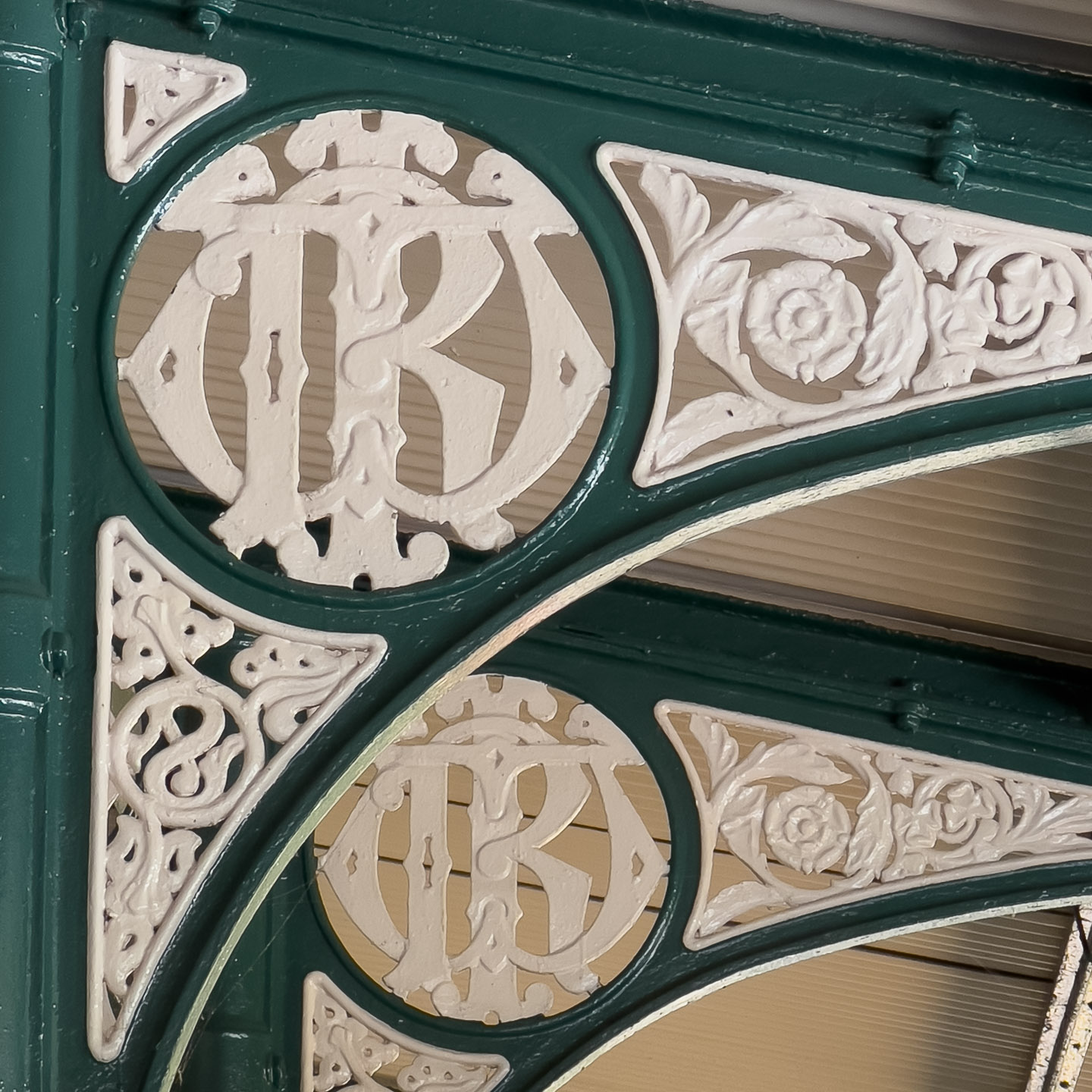Quick Hit: Isle of Wight Railway
For the first quick hit1, some ironwork at Shanklin Station, on the Island Line.

I spent the weekend in Isle of Wight, staying in Shanklin. It’s at the end of the Island Line, which is all that remains of an extensive set of railway lines on Isle of Wight. The Island Line itself is the remnants of a slightly longer line, the Isle of Wight Railway (IWR). The IWR, at its peak, ran from Ventnor through Shanklin and Sandown, up to the Pier Head in Ryde.
The Shanklin station is where I have spent most of my time, waiting for a train to Smallbrook Junction (For the Isle of Wight Steam Railway), and then a train to Ryde Pier Head (to leave the island). Waiting, it was hard not to notice the beautiful ironwork on the platform. It was clearly a relic of an earlier line, and I spent most of the weekend trying to figure out what the initials were.

Of course, at this point, it’s obvious that the initials are “IWR.” This is also like an “find-a-word” game or some sort of optical illusion; now that I know it’s there, it’s obvious what is going on. It’s nice that they have kept the station in enough repair that the ironwork has remained. It helps connect the current (limited) service to the past.
Especially this weekend, thinking about the end of the second Elizabethean era, historical continuity seems very important. It feels like a lot of the success of the period from 1950 - 1980 was built on a solid link to the past, and all the horrors that lived there. As people forgot what those horrors were2, we start building the conditions for them to return.